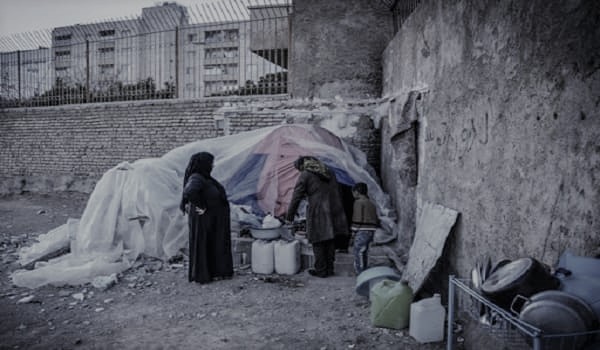The Iranian regime deliberately hides true statistics from the public, with the data released sporadically by special institutions in an attempt to shirk accountability. One of the statistics that we should look at is that 40% of Iranian families are tenants, who have to move to smaller houses every couple of years because of rising rents. Since 1986, the percentage of tenants has tripled.
The Jahan news daily wrote on June 2 that 13% of Iranians in urban areas were renting, but this rose to 40% in 2021. The Khorasan daily wrote a similar article the next day, where they explained that housing prices are rising, while the budget of families is getting more stretched with wages dropping by over half in just the past ten years, with almost half of a household budget being allocated to rent this year.
Of course, one of the other issues, in addition to the lack of money to pay for housing, the regime is also failing to build enough properties to house Iranians, despite presidents Hassan Rouhani and Mahmoud Ahmadinejad promising housing plans and projects to replace crumbling old units. Even the houses built under these schemes have become a waste of money and created many problems, so experts are questioning what is going on with these programs.
The regime is also attempting to bring in a tax law targeting empty houses, but experts have decried it as inefficient, not only predicting that it will fail to control prices but that it will cause rich Iranians to divert their cash into other markets (currency, gold, cars) and disrupt the economy further. Furthermore, there is no efficient database on the housing sector that will help implement the law and the government actually seized many houses in the first place to stop the banks from going bankrupt.
Despite the failure of previous presidents housing plans, new President Ebrahim Raisi promised earlier this month that he would build four million houses in the next four years. This is merely a lie to distract Iranians.
The Iranian opposition wrote: “People are barely making ends meet. Some food items are being replaced with low-quality alternatives at cheaper prices. Some families have removed meat from their diet and are consuming vegetables instead as more people fall deeper into absolute poverty. Some are forgoing new clothing and wearing their threadbare clothes. However, providing shelter for the family is not something to be ignored unless you expect people to start living in tents and caves.”
